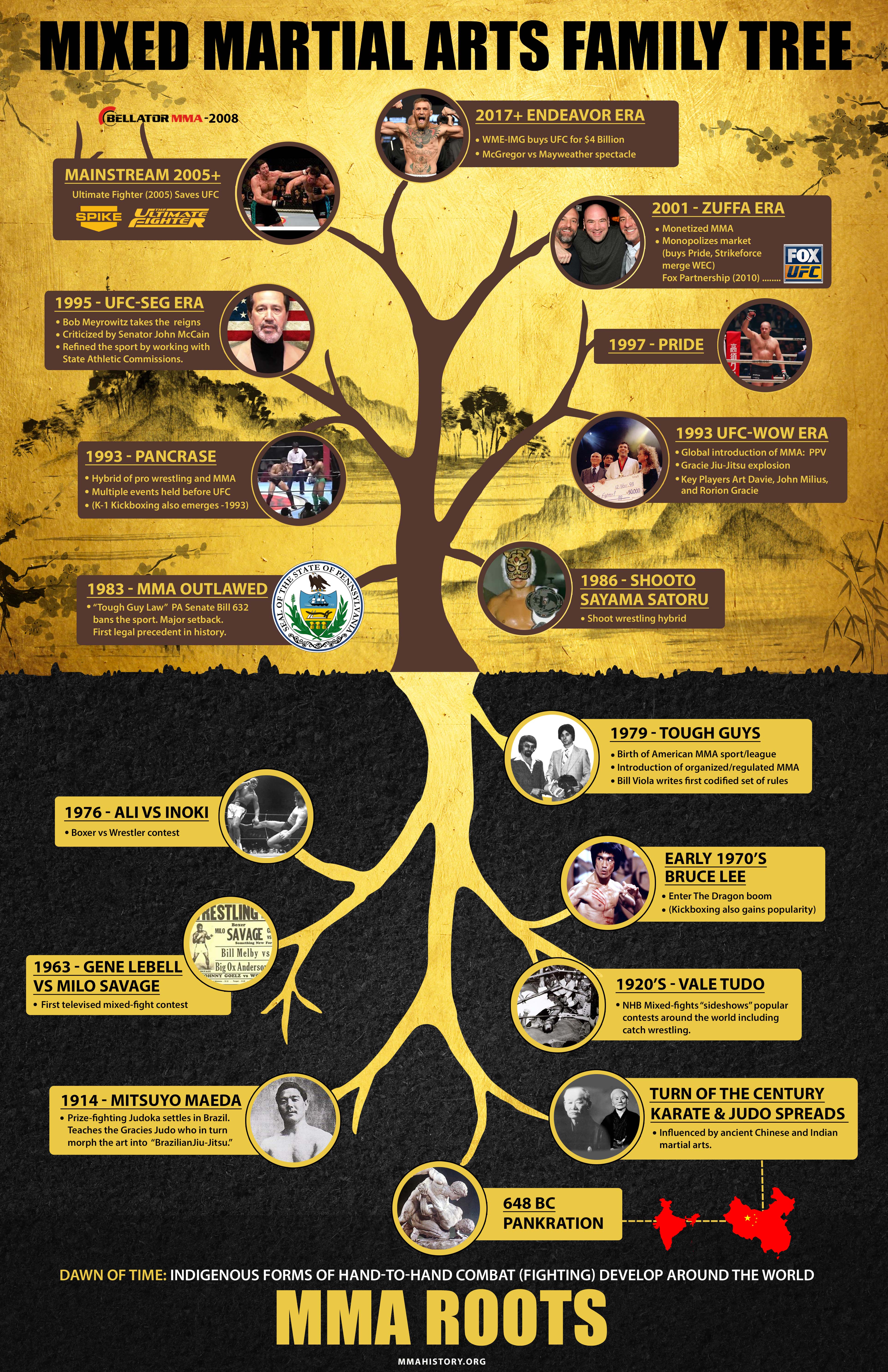The Trip And Improvement Of Martial Arts: Discovering Its Historic Structures And Modern Techniques
The Trip And Improvement Of Martial Arts: Discovering Its Historic Structures And Modern Techniques
Blog Article
Web Content By-Svenstrup Valentine
Step into the world of martial arts, where old origins and contemporary techniques clash in an exhilarating trip of self-control and self-discovery.
As you look into the history and development of this captivating art type, prepare to be astounded by the social impacts, technical developments, and profound philosophy that have formed it over centuries.
From the field of battles of old civilizations to the training grounds these days, martial arts have stood the test of time, continuously adapting and growing.
Each strike, each motion, lugs with it the weight of numerous years of custom and knowledge, passed down through generations. This is a story of resilience, of warriors that looked for not only physical prowess, however likewise self-confidence and consistency.
Join us on this exceptional expedition as we discover the tricks, the legends, and the transformational power of martial arts.
Get ready to be motivated, tested, and forever transformed by the background and development of martial arts.
Cultural Influences on Martial Arts
As you discover the history and evolution of martial arts, you'll rapidly uncover the interesting ways in which social influences have formed these battle techniques.
From the old people of China and India to the more current developments in Japan and Brazil, martial arts have been greatly influenced by the cultures in which they stemmed.
For instance, Chinese martial arts, such as Martial Art and Tai Chi, are deeply rooted in the ideology of Taoism and the concept of Yin and Yang.
On the other hand, Japanese martial arts, like Karate and Judo, reflect the samurai warrior customs and the values of discipline and honor.
Similarly, Brazilian martial art, Capoeira, incorporates components of African dancing and music, showing the cultural heritage of African servants in Brazil.
These cultural influences not just give each fighting style its unique features however additionally offer a deeper understanding of the historic and social contexts in which they progressed.
Technical Developments and Martial Arts
With the rise of sophisticated weapons and ingenious training tools, you've been able to boost your skills and adapt to the ever-changing fight landscape.
Technical improvements have changed the way martial arts are exercised and instructed. Virtual reality simulations now allow you to learn reasonable battle circumstances without the danger of physical damage. High-speed video cameras capture every move, allowing you to examine and ideal your techniques. Wearable gadgets check your heart rate, breathing, and muscle mass activation, giving immediate comments on your efficiency.
In addition, the growth of specialized devices, such as resistance bands and dexterity ladders, has actually allowed you to improve your speed, strength, and dexterity. These technological innovations have not just made training a lot more reliable yet have also pushed the borders of what is possible in martial arts, enabling you to reach brand-new heights in your method.
The Approach and Principles of Martial Arts
The philosophy and concepts of martial arts are deeply rooted in shaping your state of mind and instilling technique, focus, and regard in your technique.
1. Mindset: Martial Arts instructs you to establish a strong and durable frame of mind. It allows you to overcome challenges both on and off the mat, pressing your restrictions and standing firm in the face of adversity.
2. Self-control: Martial Arts demands discipline and self-control. With regular training and adherence to rigorous policies and methods, you discover to regulate your impulses and create a solid work principles.
3. Focus: Martial Arts calls for extreme emphasis and concentration. By educating your mind to be existing in the moment, you improve your ability to respond promptly and effectively throughout battle situations.
4. https://self-defensemoveseverygir12211.ziblogs.com/29999715/checking-out-the-ways-martial-arts-encourages-respect-and-empathy-in-youth : Martial Arts highlights respect for oneself, teachers, training companions, and challengers. It teaches you to value the skills and experiences of others, cultivating a sense of camaraderie and gamesmanship.
https://www.recordnet.com/story/news/local/2023/03/17/stockton-self-defense-workshop-for-asian-women/70000879007/ on finishing your trip via the exciting globe of martial arts! Throughout this exploration, you have actually witnessed the rich background and amazing development of these battle methods.
From their old origins to the modern methods we see today, martial arts have been shaped by social influences.
The assimilation of modern technology has additionally played a substantial duty in changing the means martial arts are shown and exercised in the present day.
Nevertheless, it is important to remember that martial arts are more than just physical combat. They include extensive ideologies and assisting concepts that exceed the plain act of fighting.
Take a minute to reflect on this obsolete adventure and value just how the tradition of martial arts remains to grow in today, going beyond time and borders.
